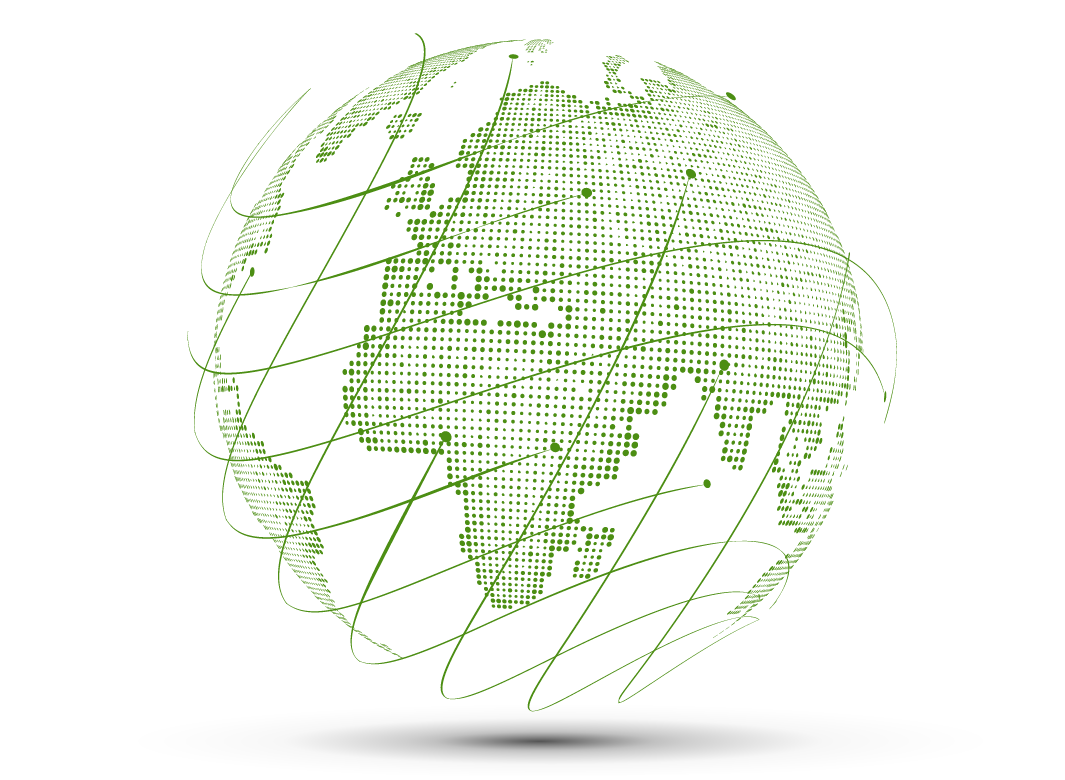The Zero Project Latin America Conference 2024
Join #ZeroConLATAM24!
The Zero Project's partner Fundación Descúbreme will be hosting the regional conference on May 7, 2024 in Santiago de Chile. This year's topics are Inclusive Education and ICT.

The Zero Project Latin America Conference 2024
The Zero Project's partner Fundación Descúbreme will be hosting the regional conference on May 7, 2024 in Santiago de Chile. This year's topics are Inclusive Education and ICT.
#ZeroCon24: February 21-23, 2024
Watch sessions on demand! Topics: Inclusive Education, and ICT.
ICT solutions pitch to potential investors and partners
Find out more about the Zero Project Technology Forum.